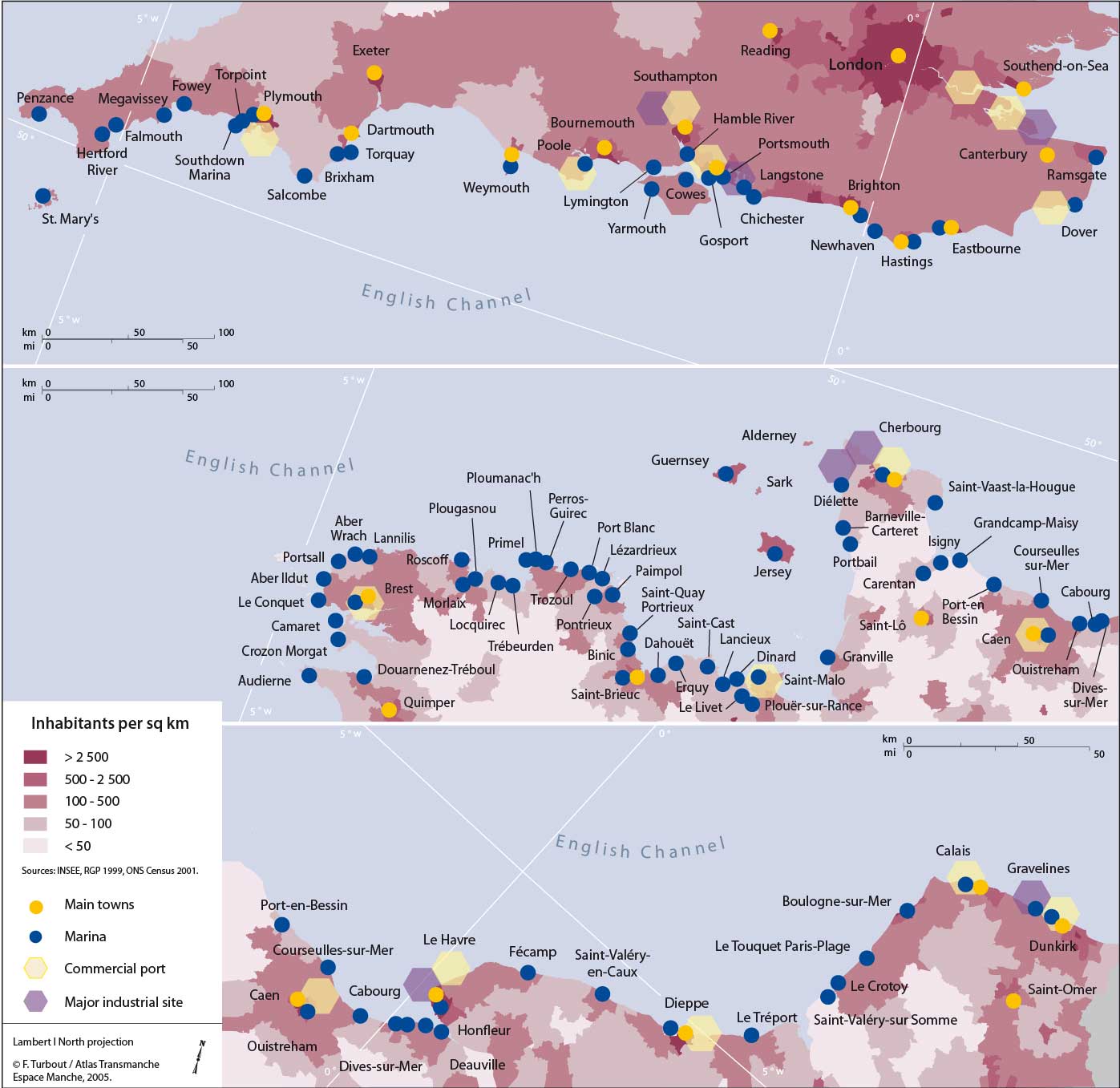

 Coastal Pressure
Coastal Pressure
When Octavia Hill, Canon Hardwicke Rawnsley and Sir Robert Hunter founded the National Trust in 1895, they could hardly have imagined that little more than a century later this charitable enterprise would have grown into Europe's biggest conservation group, with 3.5 million members, controlling over 1 000 km of coastline. Yet its interest in protecting the coast was not initially the object of any declared policy; that was to come much later with the launch of “Enterprise Neptune” in 1965 following research suggesting that approximately one third of Britain's coast was already urbanised or developed, another third was judged to be of no particular landscape interest and the remaining third as being of outstanding natural beauty. It was these latter areas of coast, totalling some 1 500 km, that appeared threatened by mass tourism and recreation. A century before, the Victorian seaside resorts were already leaving their mark in coastal Kent and Sussex. With three miles of built sea-frontage even before the railway from London arrived in 1841, the Brighton conurbation stretched over eight miles by the end of the century. Whilst subsequent interventions by the National Trust were less in evidence along the more metropolitan coast of the southeast region, the story proved different in the southwest peninsula where the Trust now owns around one third of the coasts of Devon and Cornwall.
Given its status as a statutory body totally independent of government, with the right to hold land “inalienably,” the National Trust has no equivalent in Europe. In France Colbert's early ordinance in 1681 defining the “inalienability” of the “domaine public maritime” was the first attempt by the state to defend just France's shoreline from unwanted development. It would take nearly two centuries before a piecemeal approach would provide protection for whole coastal environments.
Various planning measures relating to nature reserves, national and regional parks, fragile eco-systems and the like in the 1950s and 60s were inevitably to include coastal areas. Only with the publication of the Picard Report in 1973, would a global approach finally be advocated to tackle what previously had been described as the “massacre du littoral.” In denouncing trends towards mono-tourism coastal development, the report also reflected on the need for a definition of the coast which extended both seaward and landward. A number of acts followed in quick succession, most important of which was the creation of the “Conservatoire du Littoral” in 1975. Here finally was a statutory authority, which could take control in those coastal areas that it had acquired, today totalling over 113 000 he. However, with around 400 sites and 900 km of coastline, this only accounted for 20% of France's coastline. It took another piece of legislation, the “Loi Littoral” of 1986, to provide a general framework that accommodates the multiplicity of conflicting interests and uses of both land and sea.
Dealing with the historic legacy of development is central to all coastal planning. The French and English coastlines, like the busy sea that divides them, are under unrelenting pressure. Some stretches renowned for their outstanding natural beauty or their unique and fragile habitats are closely protected. Other sites have been chosen for nuclear power stations requiring ready access to water, often locally opposed. Major estuarine areas have seen large scale port development and spreading industrial land uses, whilst both natural and artificial harbours have sheltered fishing fleets and yachting marinas. Seaside resorts and other tourist developments have mushroomed along the coast. Elsewhere continued urban growth has been associated with economic opportunities provided by cross-Channel links, but more often with retirement migration and second-home development.
top













